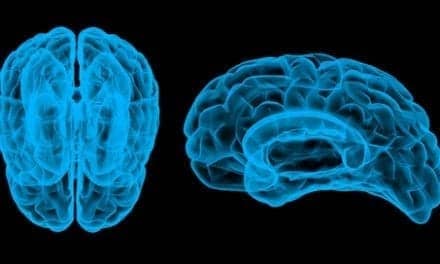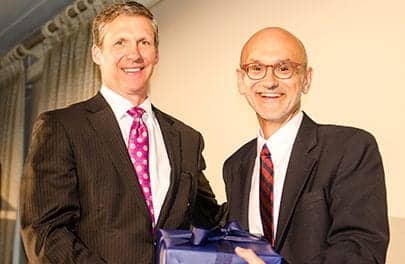by Martha Kerr
Last Updated: 2007-07-24 12:47:26 -0400 (Reuters Health)
NEW YORK (Reuters Health) – More than one-third of children and adolescents who have undergone allogeneic stem cell transplantation (SCT) have a low bone mineral density (BMD), and 1 in 5 have vertebral compression fractures, Finnish researchers report.
Dr. Mervi Taskinen of the University of Helsinki and colleagues evaluated the bone health of 44 children a median of 3.8 years after SCT. Study subjects were 18.5 years of age or younger at the time of SCT, and their median age at that time was 10 years.
Sixteen patients (36%) had BMD Z-scores less than -1.0, the investigators report in the July 15th issue of Cancer. These children were similar to the other 28 patients in terms of clinical and biochemical characteristics.
The researchers report that prepubertal children generally had the highest BMD Z-scores at all sites compared with the older children.
Low BMD "was especially evident at the hip" in the pubertal and postpubertal children, the investigators say. The median BMD Z-score at the hip was -0.2 in the prepubertal children and -1.1 in the pubertal and postpubertal subjects.
Five patients (11%) had a history of peripheral fractures and nine (20%) had vertebral compression fractures. Seven of the nine compression fractures were asymptomatic.
The investigators conclude that "children undergoing SCT are at a significant risk of developing osteoporosis and compression fractures; their bone health should be carefully monitored during the post-transplantation follow-up to allow for the early initiation of bisphosphonate therapy when indicated."
Cancer 2007;110:442-451.
Copyright Reuters 2007. Click for Restrictions



